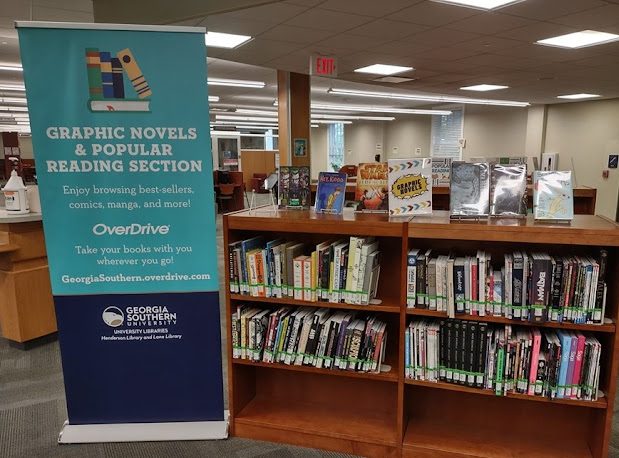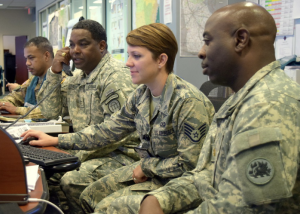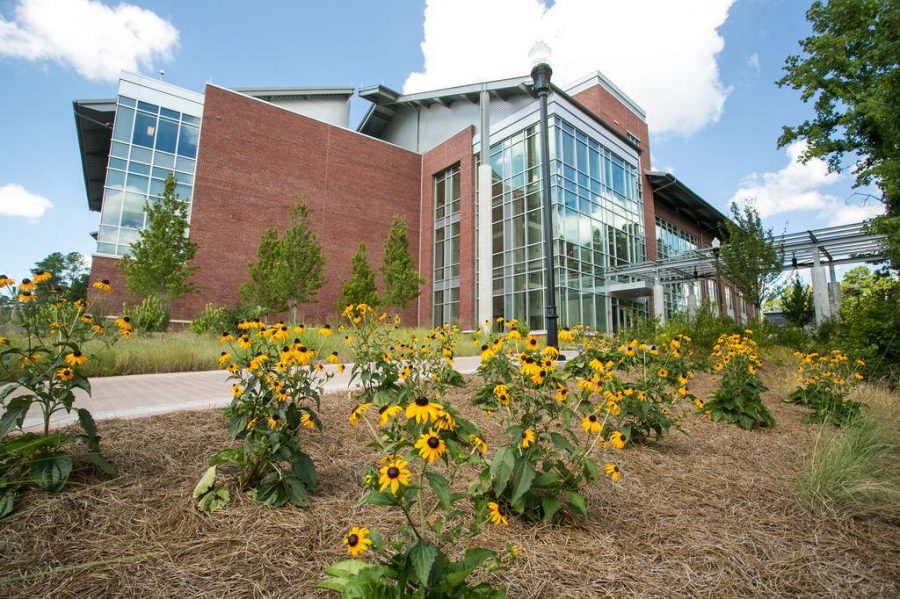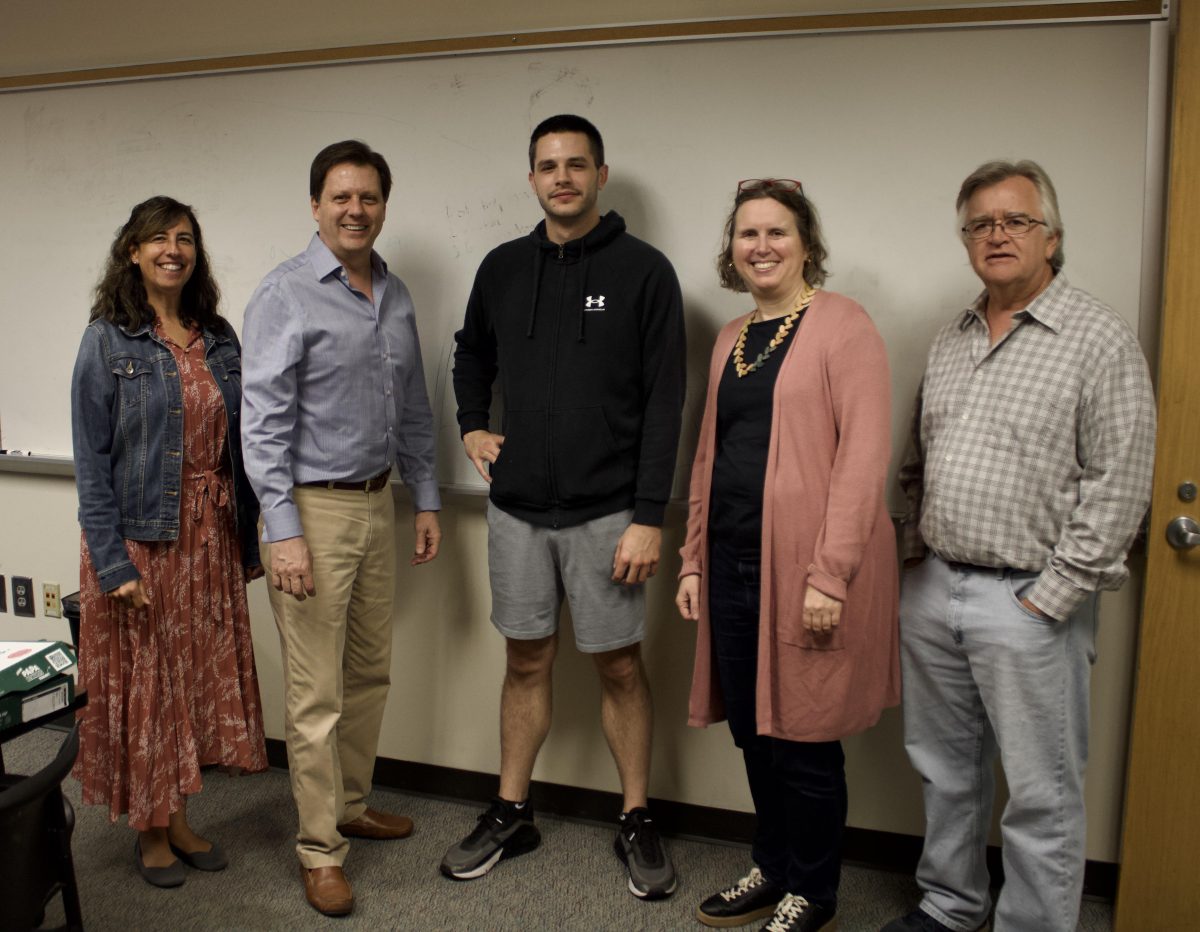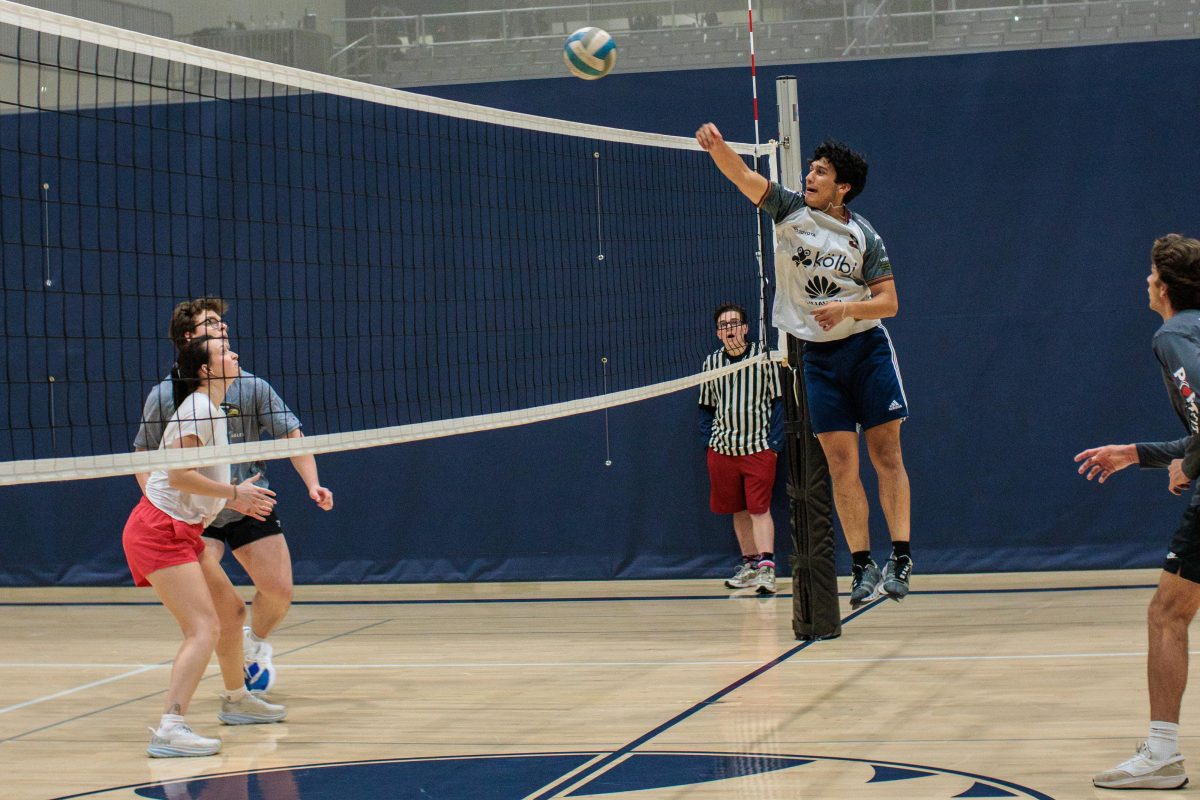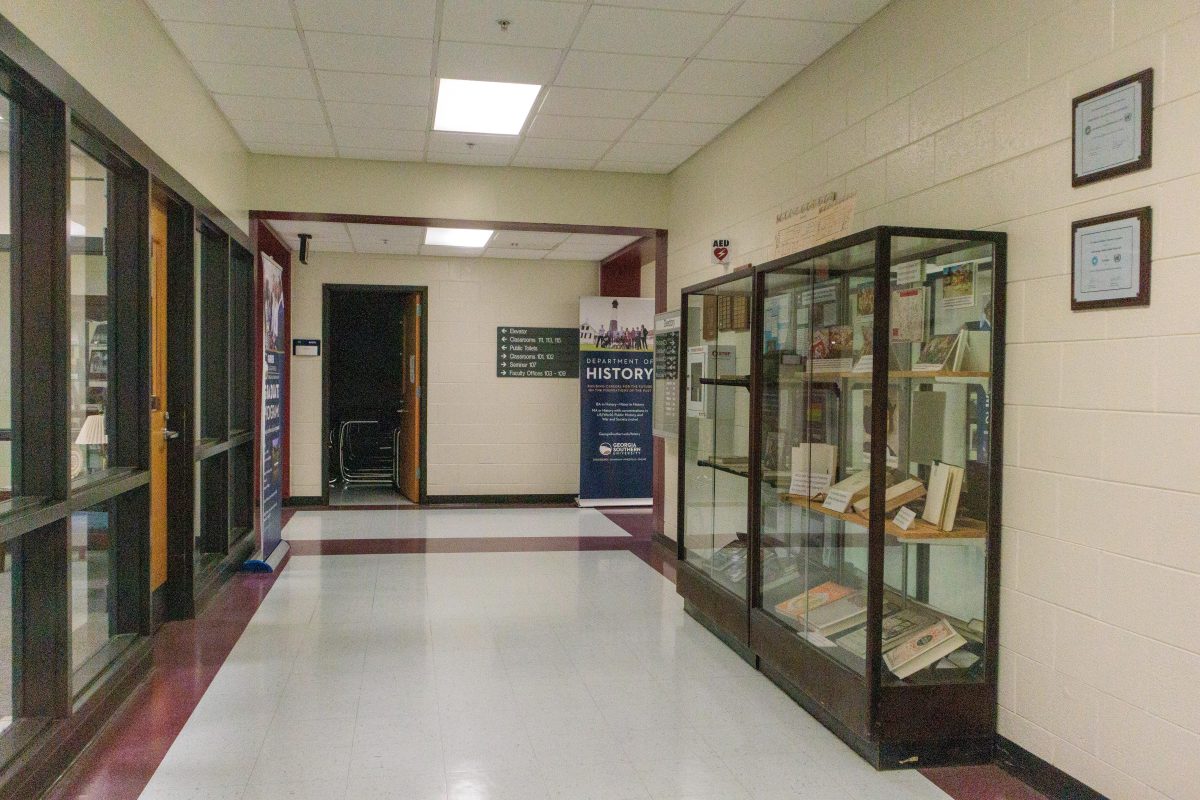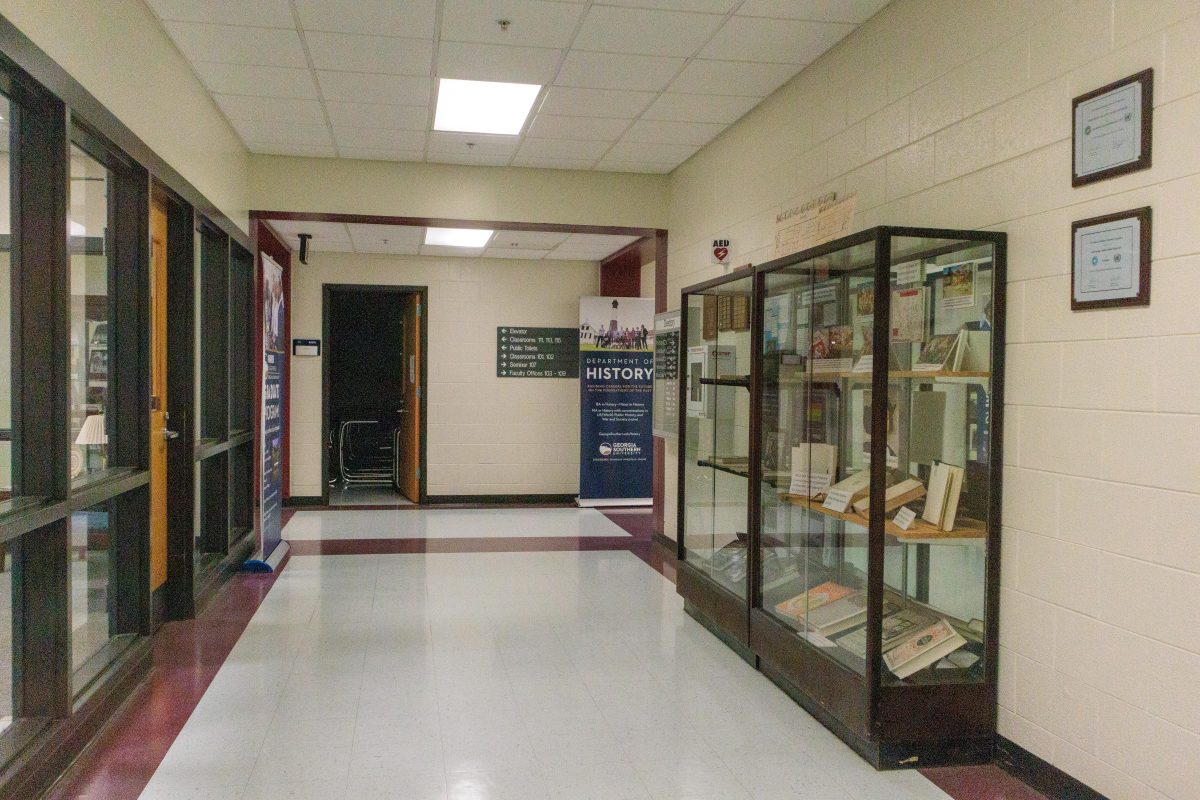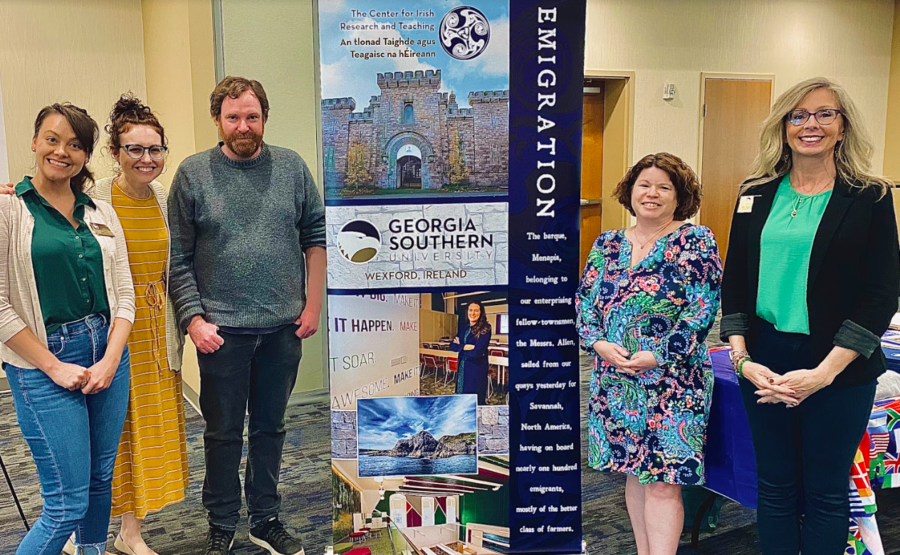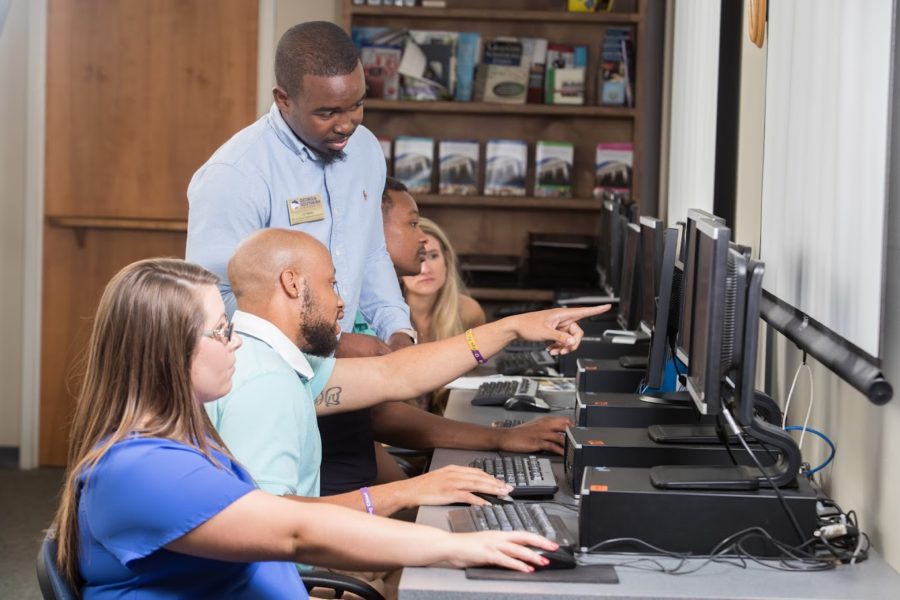The Inkwell and Georgia Southern’s campus newspaper, the George Anne, traded editorials in order to get a better sense of how each campus’s student body feels about the merge
Inkwell Editorial Board
Fellow Students,
As The Inkwell Editorial Board at Armstrong State University writes this before Thursday’s town hall meeting, we are, as of yet, not quite sure how the merger will affect our 82 year old newspaper or the 7,100 students it speaks for.
As you know, our mid-sized university will soon join Georgia Southern’s 20,500 strong. Armstrong will take Southern’s name in marriage, effectively creating the fourth largest university in Georgia. But the name change is not the only source of frustration for those here in Savannah.
As The Inkwell has tirelessly talked with the Armstrong community, we have heard many of the same valid concerns — the main one being the suddenness of this decision. Although it is now clear that this consolidation has been in the works for quite some time, the news broke with no time or opportunity for conversation. The vote inevitably went through even following two days of campus protests, leaving the small- but-mighty Pirate community feeling irrelevant and without a voice.
On a bureaucratic level, it makes decent enough sense to funnel money into one school instead of two. But joining two schools with fundamentally different identities and values is more complicated. To strip the individualism and wipe clean the culture that Armstrong has cultivated for nearly a century is a devastating blow.
Many students choose Armstrong because they prefer an intimate, small- school atmosphere and favor its impressive degree programs.
Although the transition is still under way, another thing made perfectly clear in its execution is that little or nothing was put in place for those students and employees it will immediately affect, such as those whose sports teams, scholarships and in some cases, jobs, will be eliminated. Our own student newspaper may be included. To put it lightly, not enough people are getting screwed to sway the Board of Regents.
We can’t help but think the upcoming town hall meeting at Armstrong regarding the merger is ‘too little too late’ now that the decision has already been made without student input. Why would either university’s president or the BOR listen to anyone here other than to sit back and wait for the crying to be over?
GA Southern Eagle pride is extremely important — even down- right famous in the state of Georgia. We ask that the dedicated students of Georgia Southern consider that the Armstrong Pirates, though half your size, hold within us a similar pride that we now feel powerless to protect.
With that being said, the town hall meeting at Georgia Southern, on the other hand, may hold some value. At least more than ours. With the decision made, these meetings will be the first steps in blending the best of both worlds. There’s still a possibility that we can preserve at least a fraction of the elements that have made our university — our Armstrong — a respected staple in Savannah’s community since 1935.
Of the many things that will be fleshed out in the coming months, it will have to be considered which school has the better degree program in each field. Both schools’ excellent health science and engineering departments may be a straightforward decision to combine. But many would not like to see other Armstrong programs, such as liberal studies and arts, compromised.
For example, the liberal and fine arts departments at Armstrong serve many who do not wish to or cannot afford to attend Savannah College of Art and Design, a private institution. These programs in particular benefit from their location in Savannah, arguably the most prosperous art scene in the region, and would not thrive as greatly in Statesboro.
The details of this transition will ultimately boil down to what Georgia Southern wants. Administration and the student body in Statesboro will have the power. IF the BOR will listen to any tuition-payers, it will be the students not being absorbed. If we Pirates have a chance to be represented by anyone, it’s our now-fellow students in Statesboro. For that reason, those of us at The Inkwell would like to implore Georgia Southern students to consider us when they speak up. At this point, you’re speaking for us.
George-Anne Editorial Board
On Jan. 11, the University System of Georgia announced that Georgia Southern University and Armstrong State University would consolidate into a singular institution, ending what would have been 83 years of the school’s history in the fall of 2018.
This announcement was met with a variety of emotions from students of both institutions. Many ASU students expressed extreme disdain for the University System of Georgia’s decision, while some GS students conveyed general excitement at the opportunities this merger may allot.
However, our reaction here at The George- Anne has been closer to the middle of the spectrum. Although many of us here on the editorial board can see the potential benefits of the consolidation, some have also indicated the possible issues we may face as a student body later on down the line.
There’s no denying the perks we here at Southern would be able to enjoy. With this merger we move up to the fourth largest university in Georgia in student population, and the first largest in terms of acreage. Our research opportunities could also expect a large benefit now that we will be able to utilize ASU’s resources as well. Our nursing program is now closer to Savannah where many of our students complete their practical training. Basically, GS stands a lot to gain from this consolidation.
There are however, many potential draw- backs we may have to face. Now that the universities are merging the fact of the matter is that some faculty and staff members may have to face the reality of losing their positions. Simply put, there’s no plausible reason we would have two vice presidents of business and finance, so it’s only natural that one of them would have to move on. This scenario would likely repeat for most duplicate positions for both universities. Not to mention the jeopardy student-athletes may face when it comes time to start dealing out scholarships.
The transition is set to take place over the course of 18 months, led by a committee of individuals from both campuses, and as the process is just beginning, there are plenty of questions that have yet to be answered, even addressed in some cases. It’s important to be patient and take into consideration that although we may not know much about the ex-act details now, the transition team was formed specifically to solve these problems in a fair and effective manner, so although it may take time to see these issues resolved, hopefully in 18 months we’ll have the answers to these questions and then some.
All that being said, the editorial board as a whole felt that most of our concerns spread from our uncertainty of the future. How will this merger affect academic standards for both schools? Are there going to be funding restraints? Logistically how will the university decide who attends Statesboro’s campus and who attends Savannah’s? There are a lot of potential ups and downs ahead and while we may not be sure of all the ramifications this consolidation may bring, one thing is for certain. It’s happening.


